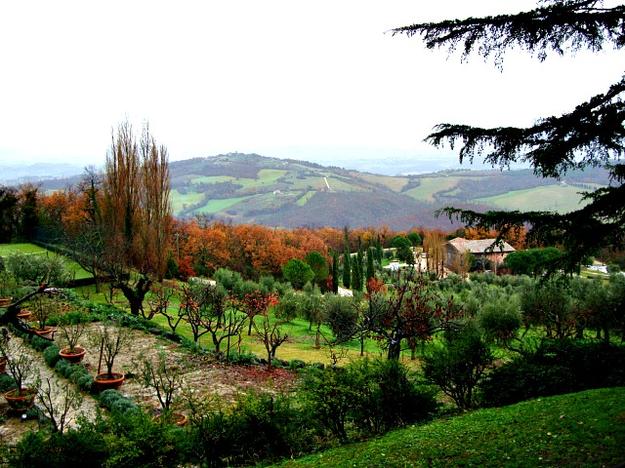
Being aligned with Mother Nature makes my soul feel alive, whether hiking unpaved dirt paths in the Hawaiian rainforests or swimming in the crystal clear, aqua blue waters of the Caribbean surrounded by sea turtles. When I am in close proximity to my environment – whether it’s on land or in the sea – I feel nourished from the inside out. In fact, I believe that the way the earth nourishes us is Mother Nature’s greatest gift to us all.
I’ve tasted food all around the globe, from three-star Michelins in Europe, to the break-of-dawn sushi counters at the Tsukiji fish market in Tokyo to ripened, organic Japanese persimmons from my Uncle’s backyard in California. Although each of these three experiences varied considerably, they are all linked by a common thread: the use of fresh, high-quality ingredients. There is something so invigorating and satisfying about enjoying a meal straight from the source, with food that is seasonal and locally grown in the region where you are living or visiting.
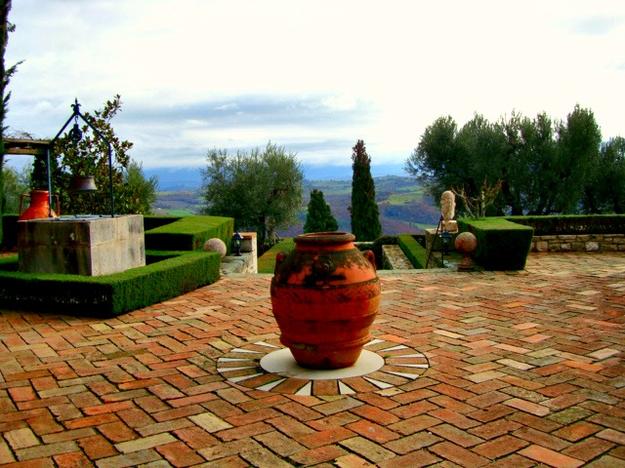
On a magical, unforgettable visit trip to the region of Umbria, Italy, I felt a strong connection to the surrounding land and all that was cultivated on it. Not only did I gain a full understanding and knowledge of what it was like to live off the land, but I learned what it was like to live abundantly off the land. At a dear friend’s twelfth-century villa, Torre Olivola in the medieval town of Todi, I was surrounded for miles in all directions by landscapes you would only see in the most picturesque paintings.
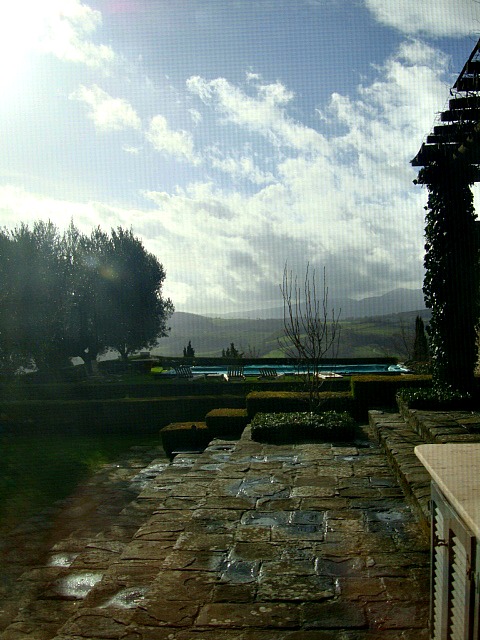
Lush, well-tended gardens of fresh fruits and vegetables, just steps from the historic country side villa, were lit up with the vibrant colors of the tomatoes, radicchio, eggplants, bell peppers, and blood oranges. In every area of this vast, serene, tranquil paradise were perfectly placed benches or sets of tables and chairs where one could sip morning tea or cappuccino while basking in the glory of it all. It was a heavenly way to start the day, with the toasty sun rays shining down upon you, the sound of chirping birds, the rustling foliage, and the breath of the crisp, unpolluted wind whispering sweet nothings and reminding me this was all real, not a dream.
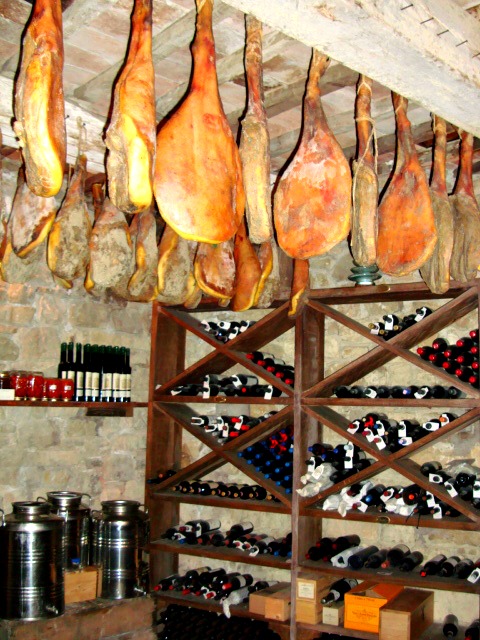
A five-minute walk led me to a honeybee colony where these hard-working, vitally necessary, tiny buzzing critters would labor all day, 24/7, creating their sweet pollinated gifts from the floral nectars. This magnificent honey, golden in color, with a creamy, yet thick and silky smooth consistency, was delectable on the artisanal walnut bread, produced by the local Italian baker, or drizzled over yogurt and fresh bright peaches, plums, and strawberries in the morning. I felt true appreciation towards the worker bees for all their generous and hard work. With one drop of magnificent zest from the luxurious honey, you could tell they put their heart and soul into their sweet creation.
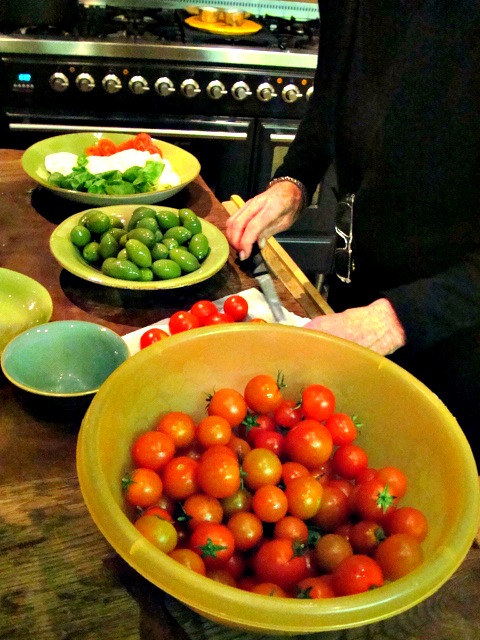
In Italy, they love to eat. The whole visit, I knew I was in the right place. Slow food, real food, good food – that is what our days consisted of from morning to night. Even though we were eating three-to five-course meals for lunch and dinner daily, I never felt overly stuffed or uncomfortable, and I never regretted eating anything – none of this wonderfully tantalizing food was “bad” for me.
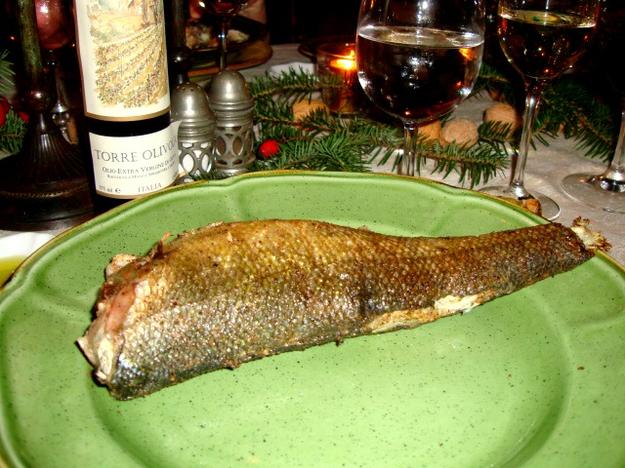
In addition to our mealtimes, the Europeans have this lovely thing called siesta, which in my opinion is a politically correct term that other nations should freely adopt. If more people had it, there would be a greater sense of enjoyment to one’s day and life. Siesta is a time for rest after a midday meal. It allows you to have enough time to come home during your work day and enjoy a real meal, instead of being rushed, stuffing your face as you stand looking at the clock ticking away the last dreaded second of your sixty-minute lunch break. It allows you to have time to prepare a quality meal and to spend that time with the people you love, so that when you go back to work later in the afternoon, you feel rejuvenated, satisfied, and ready to get back to your duties.
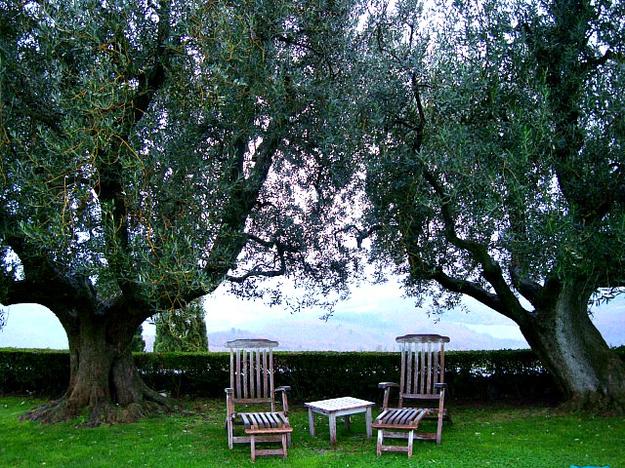
Torre Olivola was surrounded by leafy, branched olive trees that provided shade from the sunlight that stretched across Umbria to the Tuscan border. More importantly, these olive trees produced the most succulent olives that were hand-picked and later cold-pressed, yielding the finest-quality, extra-virgin olive oil in varying rich green hues. We savored the olive oil with a number of accompaniments, such as fresh crusty Italian bread, tomato and garlic bruschetta, and pasta (al dente, of course). We also brushed it over fresh local seafood and vegetables, like sautéed mushrooms, grilled eggplant, and blanched green beans. The tasty, fruity aromas of succulent, high-quality olive oil are not its only reward; the health and beauty benefits attributed to olive oil, with its polyphenols and antioxidants, are a welcome added bonus of this Italian staple as well.
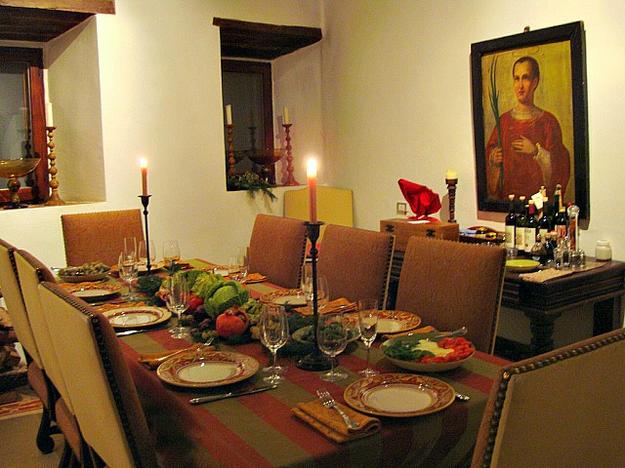
As far as the eye could see, and from a glance out of almost every window at Torre Olivola, were breathtaking views of stretches of vineyard. Grapes are known as “the fruit of the gods” and in Italy, wine is not only enjoyed, it is worshipped. At this ancient fortress where I was staying, the vineyard grapes were delicately hand-picked, produced, bottled, and aged at just the right altitude in the finest oak barrels. These barrels were stored in the villa’s remarkable underground cantina, creating the most magnificent 100 percent merlot. Along with the villa’s main dining room, it was here in the cantina with the wood-burning stove and the hanging, curing cinta senese (Italian black pig) that we clinked each other’s wine glasses over the most incredible rustic home-cooking. The meals were also a rich visual feast with tables adorned with colorful Grazia majolica ceramic dishes from nearby Deruta, and organic centerpieces created from the gardens’ harvest.

About a mile away was the property’s farm of free-range black pigs that produce the most superior charcuterie. These free-range pigs are acorn-fed and are considered the most elite of the swine. Even the top local restaurants purchased the meat from the villa’s farm. Nearby farms supplied parmigiano-reggiano, pecorino, provolone, taleggio and sheep’s milk cheese along with hand-crafted, preservative-free butter. My favorite cheese, burrata, which is a creamy mozzarella was picked up at an unassuming, yet wondrous spot just off the highway on the way to Todi. Cheese was a part of every meal: shaved parmesan over vegetable soup; warm taleggio, provolone, and sliced pear crostini; and the classic caprese salad with tomatoes, basil, and mozzarella.
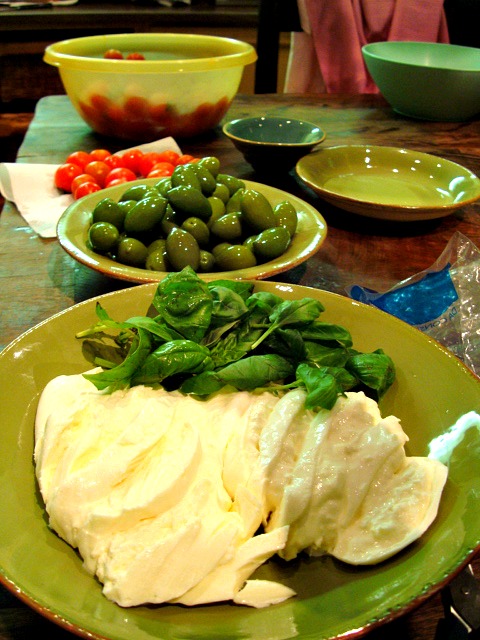
Of the four seasons in Italy, there isn’t one that doesn’t hold some allure for me, but a particularly cherished time of year is “truffle season” - months when the underground growing fungi reach maturity, and are ready to be discovered by well-trained dogs or sniffing hogs. These tartufi (as the Italians call them) come in several forms, including the more prevalent black, and the rare, highly sought-after, and pricey white form. Umbrian black truffles are usually hunted from November to March, while white truffles are usually found from October to December. I absolutely delight in the fragrant white truffles and always feel so blessed when I can consume them in any way, over tagliatelle or atop scrambled eggs. With a touch of white truffle, I never want or need any other spice to conflict with the pure aphrodisiacal taste. It’s like superior-quality raw fish; you don’t want to mask or drown the flawless essence of flavor with soy sauce. Truffles are a true gift from the earth, definitely one of the highest on the food chain as far as I’m concerned.
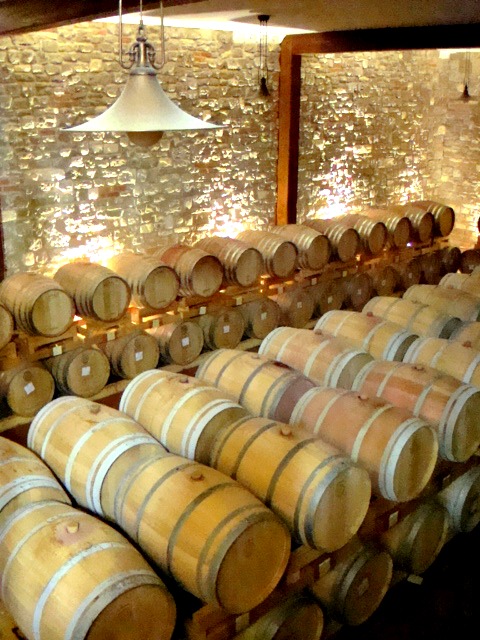
Besides the astounding natural company I was surrounded by – honeybees, olive trees, grapevines, black pigs, fungi growing underground, and a multitude of vegetative growth – the time spent at Torre Olivola was made even more ideal by the authentic, loving, fellow gourmands who shared this edible genuine splendor with me. They were inspirational people who had lived fully and well, and I aspired to be like them. We delighted each day in fascinating conversation that ranged over such topics as art, music, travel, politics, and the list goes on. Not only was my stomach being well-sustained, but my mind was actively feasting during our daily meals together. From hearty farro soup, to warm radicchio salad with parmesan slices and balsamic vinegar, to the vibrant seven-item tuna salad that resembled a garden party, I held dear to the fact that great company makes great food taste even better. This was and will always be a treasured time with awe-inspiring friends over excellent meals and wine.

So what did I bring back home from this experience that can be applied to everyday life? While eating sustainable, unprocessed food has always been my priority, my time in Torre Olivola reminded me that simple is often superior. The key to optimal cooking starts with quality ingredients. Never underestimate the value of mealtime and treasured time spent with loved ones. I understand that not everyone can dine in a twelfth-century castle with a neighboring farm of black pigs and vineyards; that’s not my daily reality either. But I constantly aim to make conscious choices about the food I am purchasing and putting into my body since that is my castle. No matter where one lives, you can establish a habit of supporting your local farmers, and even growing your own produce. Eating fresh, healthy, and well-balanced meals is easier than you think and it truly does feed the soul and the senses.
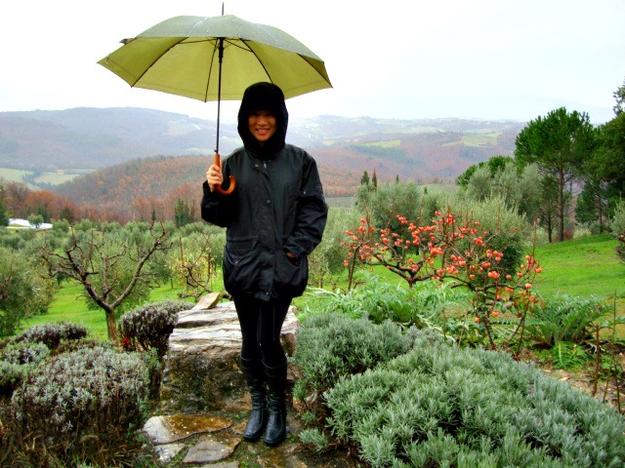
This essay originally appeared in the book “Creating a Meal You’ll Love” with all proceeds going to Share our Strength – the leading nonprofit organization ending childhood hunger
